Bermain slot online memang menyenangkan dan bisa jadi cara seru melepas penat. Namun, tanpa pengaturan yang tepat, banyak pemain justru cepat kehabisan uang dan waktu, bahkan terjebak dalam kebiasaan boros. Agar pengalaman bermain tetap menyenangkan tanpa membuat dompet tipis, penting
SelengkapnyaSetting Budget dan Waktu Main Slot Online: Strategi Supaya Main Tetap Seru dan Aman

Bermain slot online memang sangat mengasyikkan dan menjadi pilihan banyak orang untuk hiburan sekaligus mencari peluang menang besar. Namun, tanpa pengelolaan yang baik, bermain slot bisa cepat menjadi bumerang, membuat modal cepat habis, atau bahkan menimbulkan stres. Oleh karena itu,
SelengkapnyaMengatur Budget dan Waktu Main Slot Online: Kunci Kemenangan yang Perlu Kamu Tahu

Permainan slot online adalah salah satu hiburan digital yang kini banyak diminati oleh berbagai kalangan. Selain karena mudah dimainkan, slot online juga menawarkan kesempatan menang dengan hadiah yang menggiurkan. Namun, di balik keseruan tersebut, ada risiko kehilangan modal jika tidak
SelengkapnyaCara Cerdas Atur Uang dan Waktu Main Slot Online Agar Tetap Kontrol
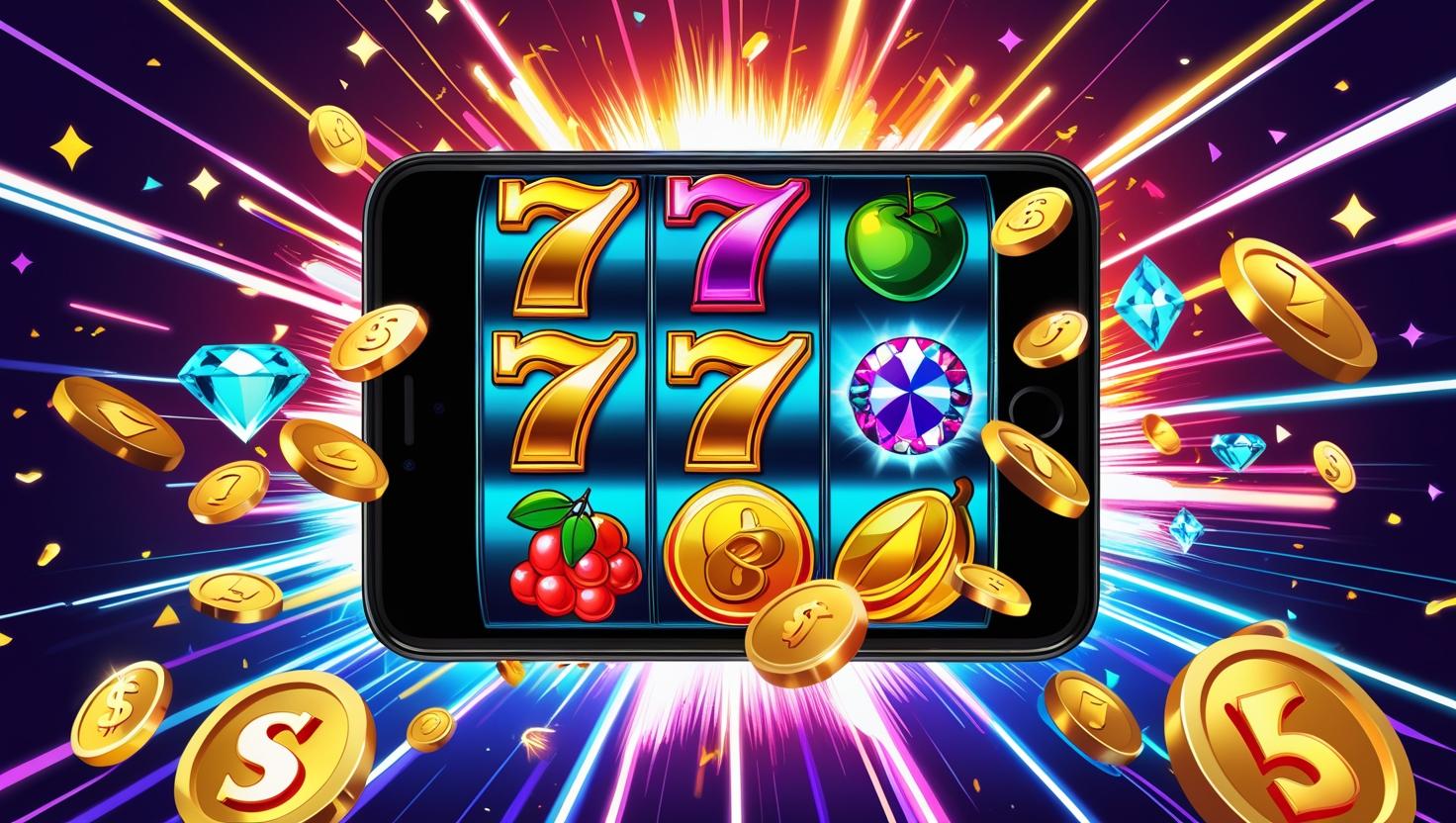
Bermain slot online memang menyenangkan dan bisa jadi hiburan seru sekaligus peluang mendapatkan keuntungan. Namun, jika tidak dikelola dengan baik, aktivitas ini juga bisa berujung pada kerugian finansial dan menghabiskan banyak waktu tanpa terasa. Itulah sebabnya penting untuk mengatur uang
SelengkapnyaTips Jitu Setting Budget dan Batasi Waktu Main Slot Online Agar Tetap Untung
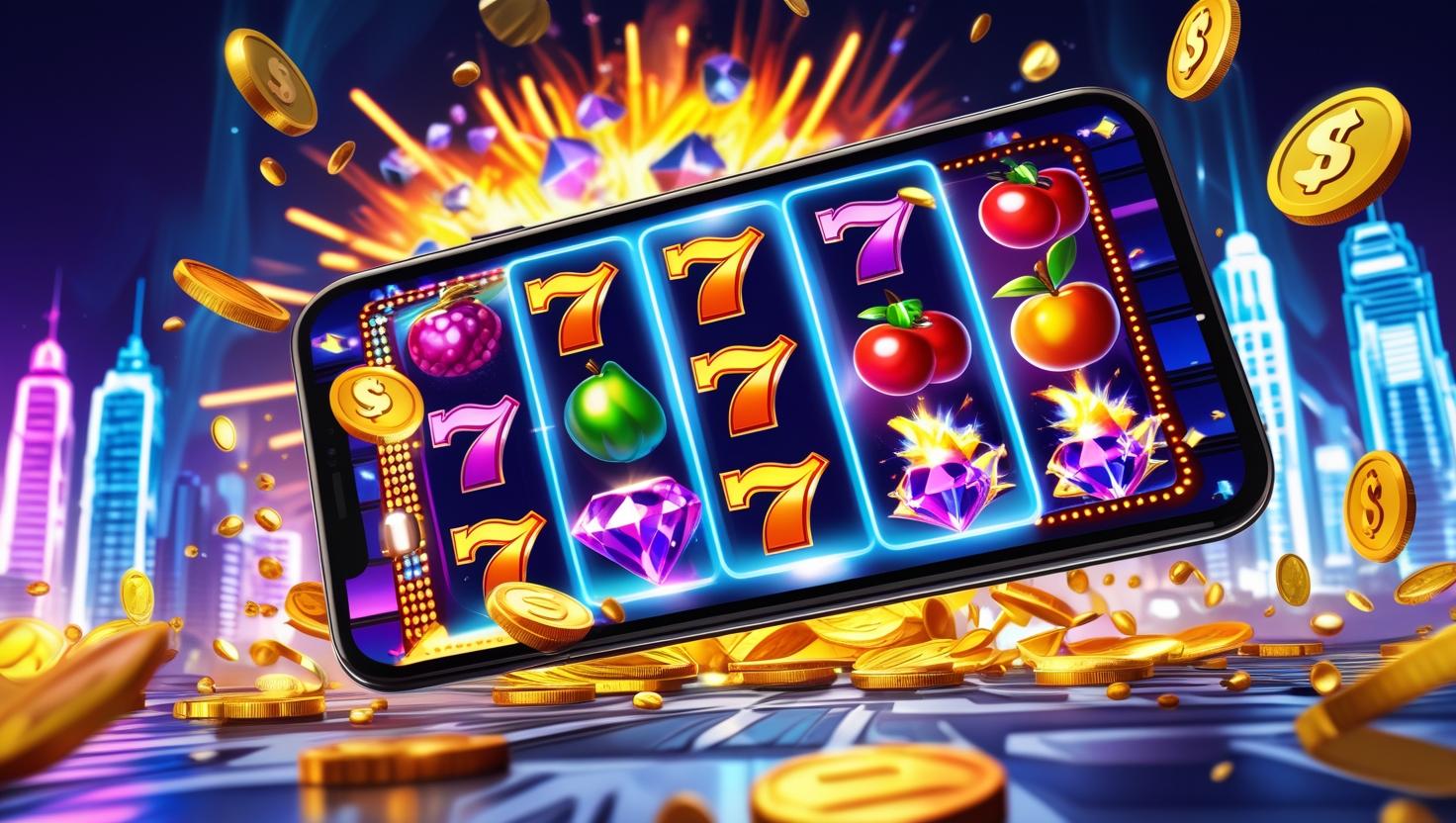
Bermain slot online memang menyenangkan dan mengasyikkan. Suara dentuman mesin, animasi menarik, hingga peluang menang besar membuat banyak orang ketagihan. Namun, tanpa pengaturan yang tepat, slot online bisa jadi aktivitas yang berisiko membuat Anda rugi banyak. Oleh karena itu, penting
SelengkapnyaRahasia Sukses Mengelola Budget dan Waktu Saat Bermain Slot Online
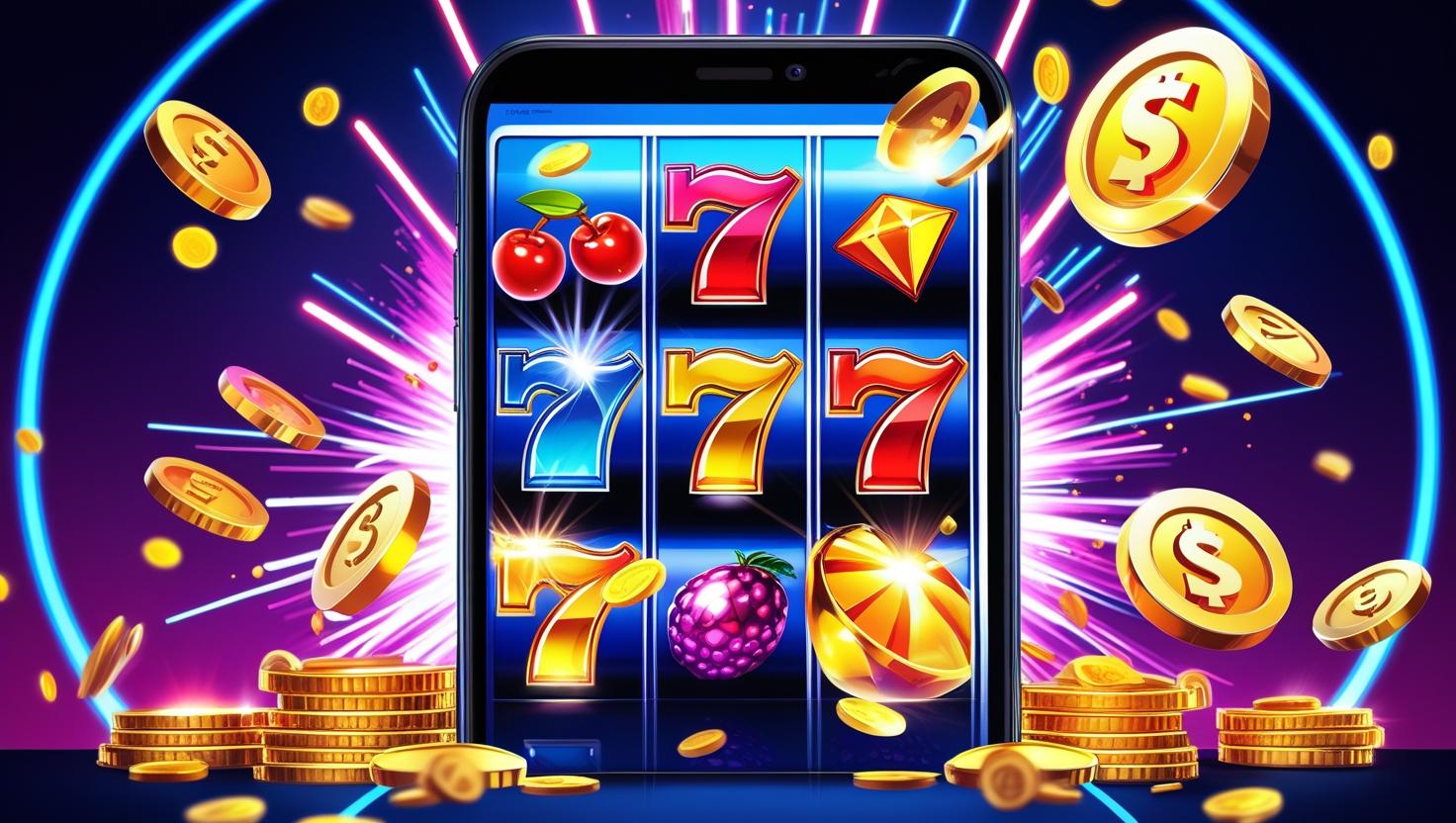
Bermain slot online sudah menjadi salah satu hiburan favorit bagi banyak orang. Selain menawarkan keseruan dan sensasi menegangkan, permainan ini juga memberikan kesempatan untuk meraih keuntungan finansial. Namun, kesuksesan dalam bermain slot online tidak hanya bergantung pada keberuntungan semata, melainkan
SelengkapnyaStrategi Setting Budget dan Waktu Main Slot Online Supaya Main Lebih Efektif
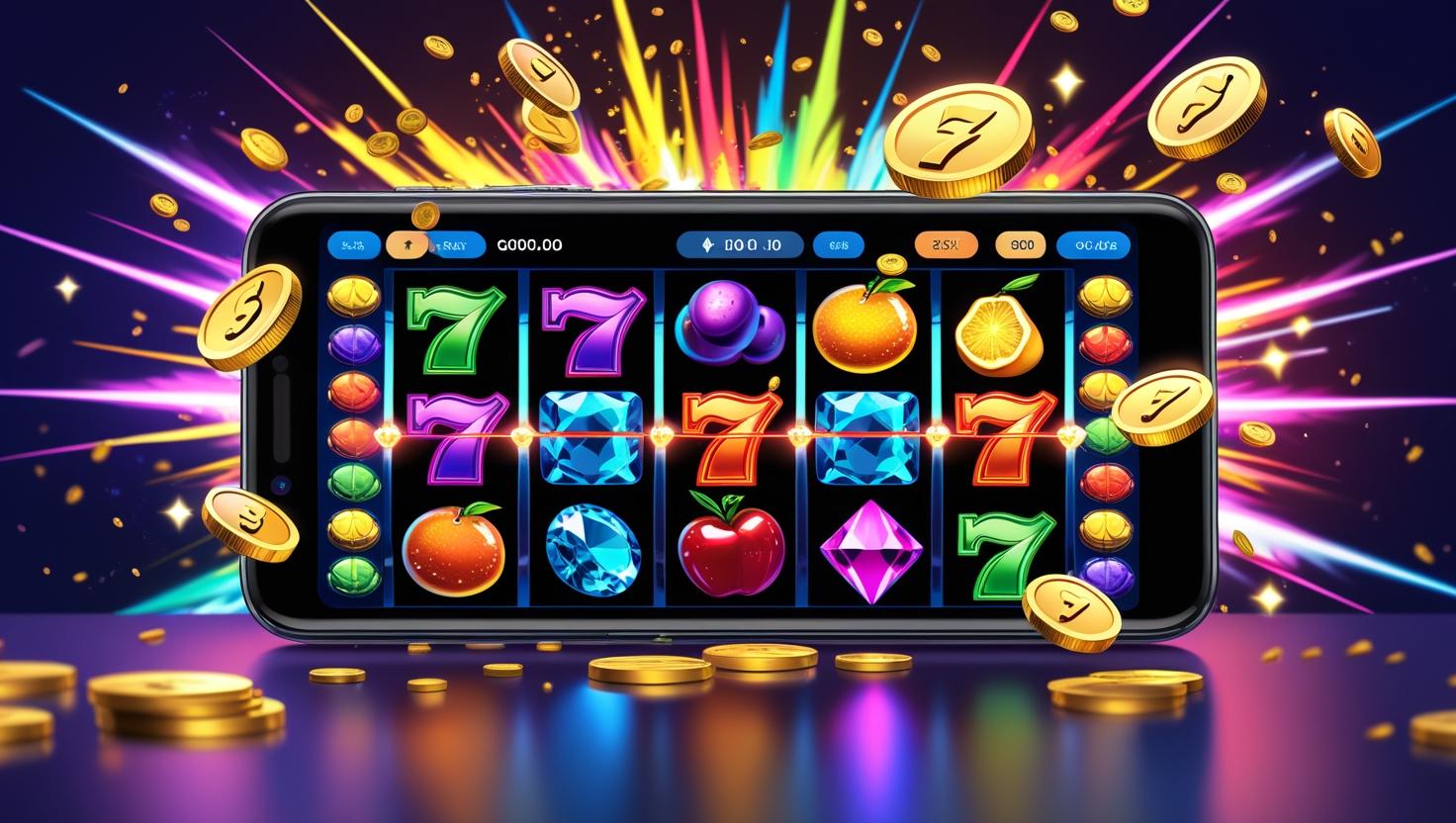
Bermain slot online memang mengasyikkan, tapi tanpa strategi pengelolaan budget dan waktu yang baik, risiko kerugian bisa membengkak dan kesenangan jadi berkurang. Banyak pemain yang merasa kesulitan mengontrol diri saat asyik memutar gulungan sehingga uang dan waktu habis tanpa hasil
SelengkapnyaAtur Duit dan Waktu dengan Tepat Saat Main Slot Online: Tips Jitu!
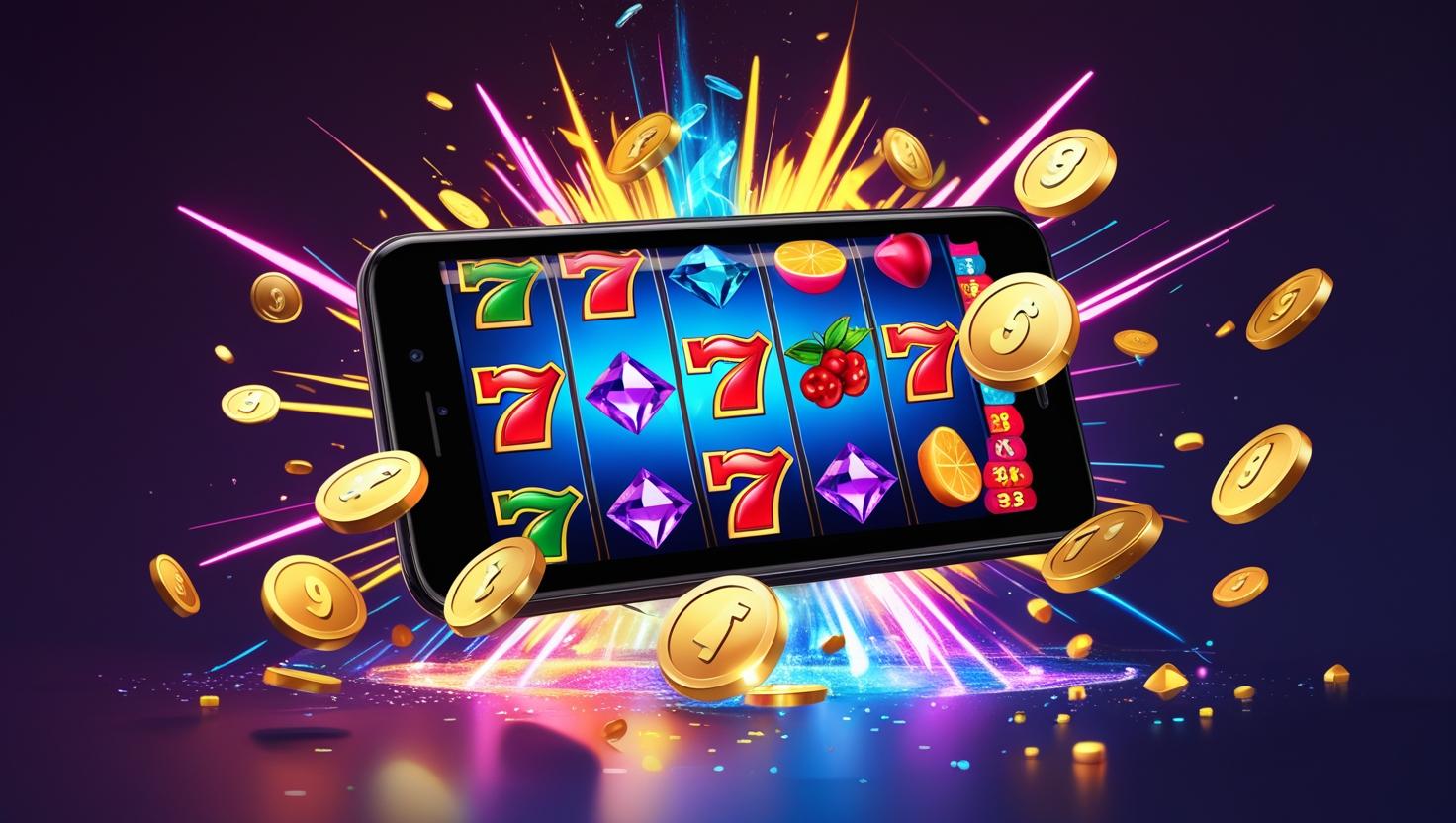
Bermain slot online memang seru dan mengasyikkan, apalagi dengan kemudahan akses yang bisa dilakukan kapan saja dan di mana saja. Namun, tanpa pengelolaan duit dan waktu yang baik, keseruan itu bisa berubah jadi masalah. Banyak pemain yang terjebak dalam putaran
SelengkapnyaPanduan Setting Budget dan Manajemen Waktu Main Slot Online untuk Pemula
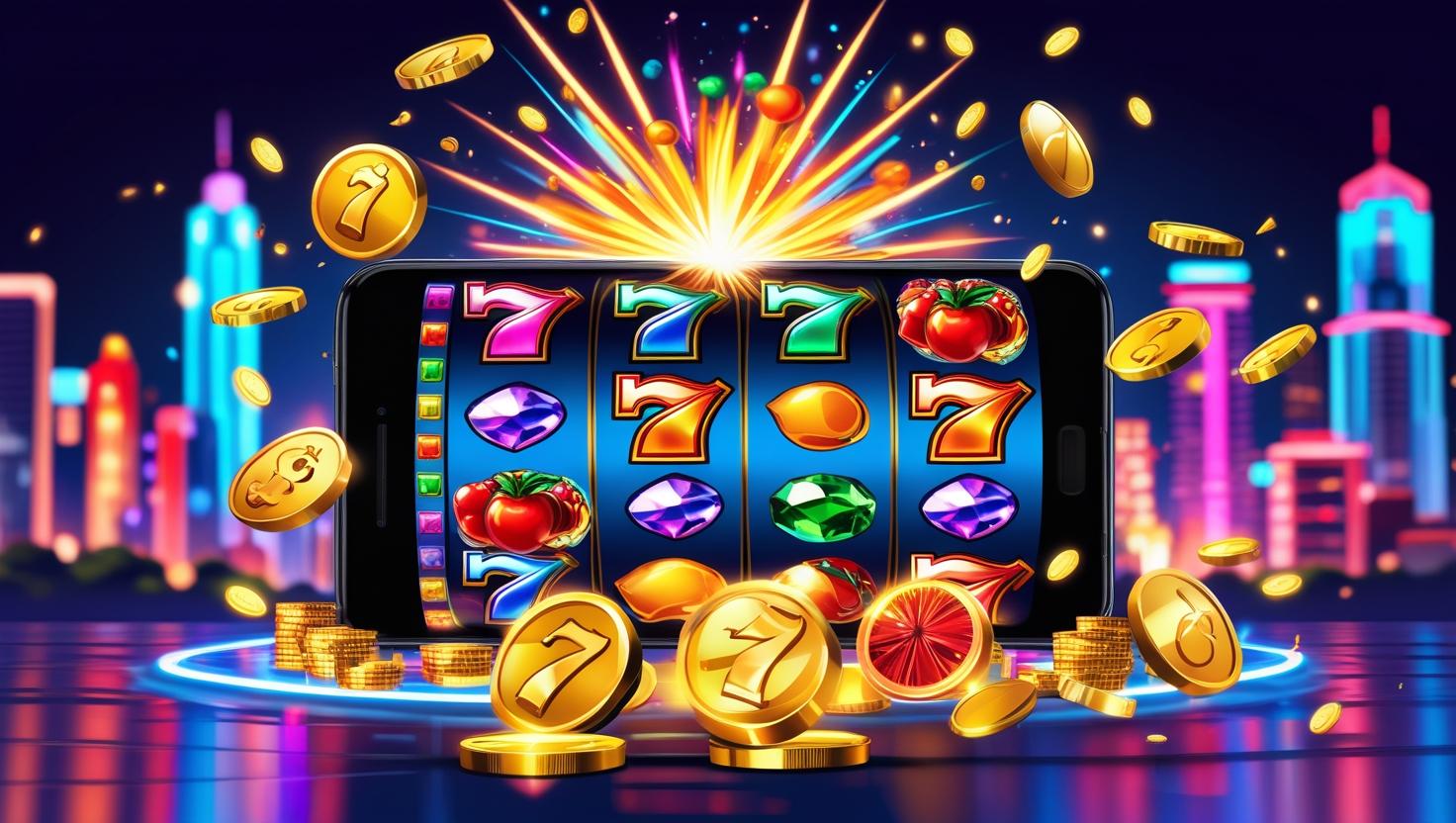
Bermain slot online memang sangat mengasyikkan, terutama dengan kemudahan akses dan variasi permainan yang tak terbatas. Namun, tanpa pengelolaan budget dan waktu yang tepat, keseruan bisa berubah menjadi masalah, terutama bagi pemula yang baru mulai mencoba peruntungan di dunia slot.
SelengkapnyaCara Ampuh Setting Budget dan Atur Waktu Main Slot Online Biar Gak Boncos!

Bermain slot online memang menyenangkan dan bisa jadi cara seru mengisi waktu luang. Namun, jika tidak diatur dengan benar, bisa bikin kantong jebol alias boncos! Supaya permainan tetap asyik dan kamu nggak rugi besar, kunci utamanya adalah setting budget yang
Selengkapnya